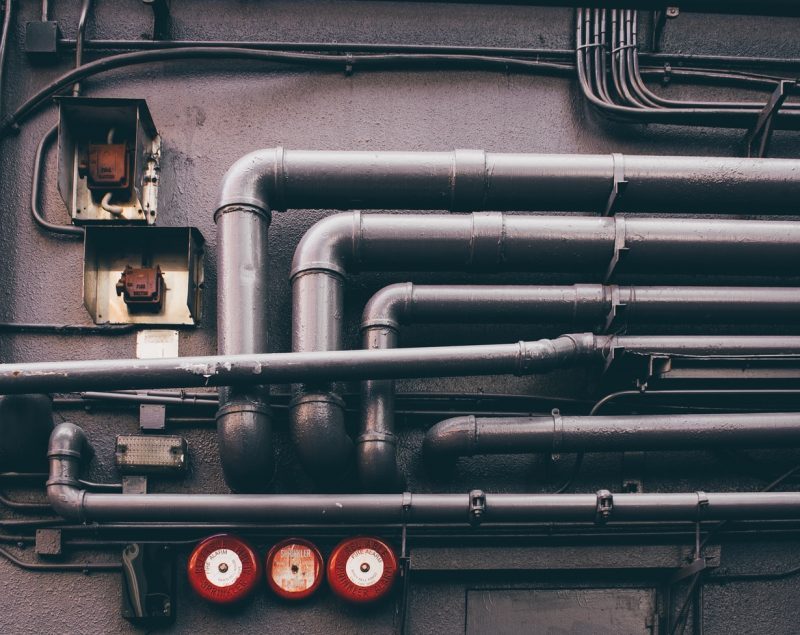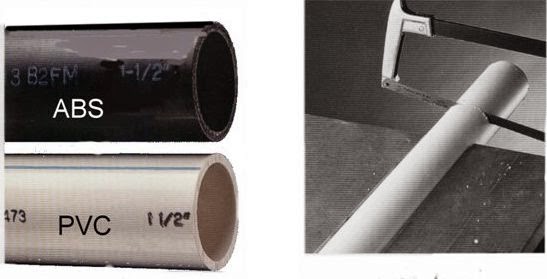
What’s the difference and which one should I use?
Have you ever wondered what the difference is between the white, black, and grey plastic pipes running through the walls and floors and around the perimeter of your home? Unless you’re a plumber by trade, probably not. But in case you’re curious, here’s a brief rundown of the difference in plastic piping.
Pipe colour is actually used to distinguish the material of the pipe. PVC (Poly Vinyl Chloride) is white, while ABS (Acrylonitrile Butadiene Styrene) is usually black or grey.

ABS piping is typically stronger than PVC and is more resistant to thermal shock from extreme cold, but it may warp if left exposed to direct sunlight. This makes ABS well-suited for underground pipe applications. Advantages of PVC are that it is less affected by exposure to sunlight and muffles sound better than ABS. The two types of pipe are comparable in price.
Lengths of ABS pipe can be connected using one cementing compound, whereas PVC requires a two-stage connecting process using a primer and then a cementing compound. So, if you are connecting many lengths of pipe, you may prefer to use ABS to minimize the labour required.
However, the decision for which type of pipe to use for a given application is often dictated by the local building code, so you may not need to weigh out the pros and cons anyway.

